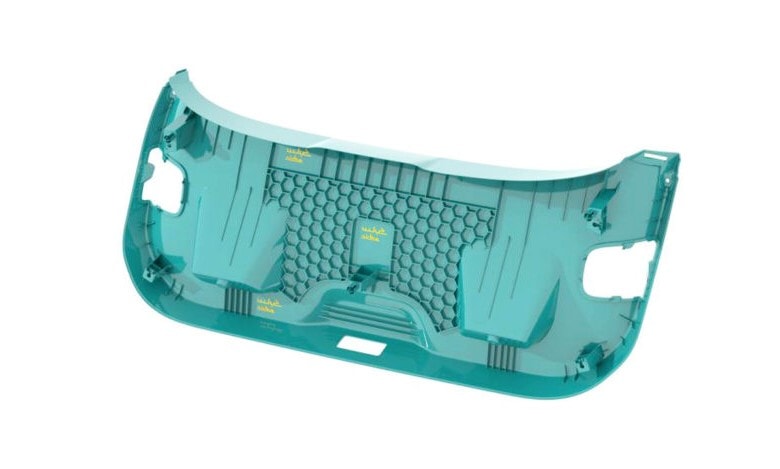New short glass fiber reinforced Polypropylene (PP) compounds feature improved melt flow, tensile and flexural strength, and flexural modulus
Sabic announced this week that it has launched two new short glass fiber reinforced Polypropylene (PP) compounds that offer better performance and processing for demanding automotive underhood, exterior and interior applications.
Sabic’s G3430X and G3440X PP composites, the company explained, are advanced grades that outperform standard high-performance short glass fiber materials in melt flow, tensile and flexural strength, and flexural modulus.
The new materials seek to raise the performance level of automotive structural components, such as brackets, seat frames and center consoles. Additionally, both materials can be used to design parts with less mass and weight.
“Sabic’s world-class development capabilities and dedication to continuous portfolio improvement have produced these two exceptional materials, which can help automotive customers significantly increase the performance of end applications,” said Abdullah Al-Otaibi. , General Manager, ETP and Market Solutions.
“The launch of these new PP compounds from Sabic is an excellent example of our proactive response to emerging customer needs. We have set new industry benchmarks for robust performance and thin-wall capabilities in short glass fiber polypropylene, providing critical advantages in the face of growing automotive requirements,” he added.
In a message to the media, it was detailed that Sabic PP grade G3430X compound, with 30% short glass fiber, and Sabic PP grade G3440X compound, with 40%, offer superior physical properties compared to PP materials conventional short glass fiber and a high melt flow for ease of processing.
Both grades balance stiffness and impact for optimal performance in structural parts, with G3440X providing a higher degree of stiffness and higher density than grade G3430X. In addition to offering superior performance compared to other short glass fiber PP composites, these materials may be candidates for cost-effective replacement of long glass fiber PP in certain low-temperature applications.

